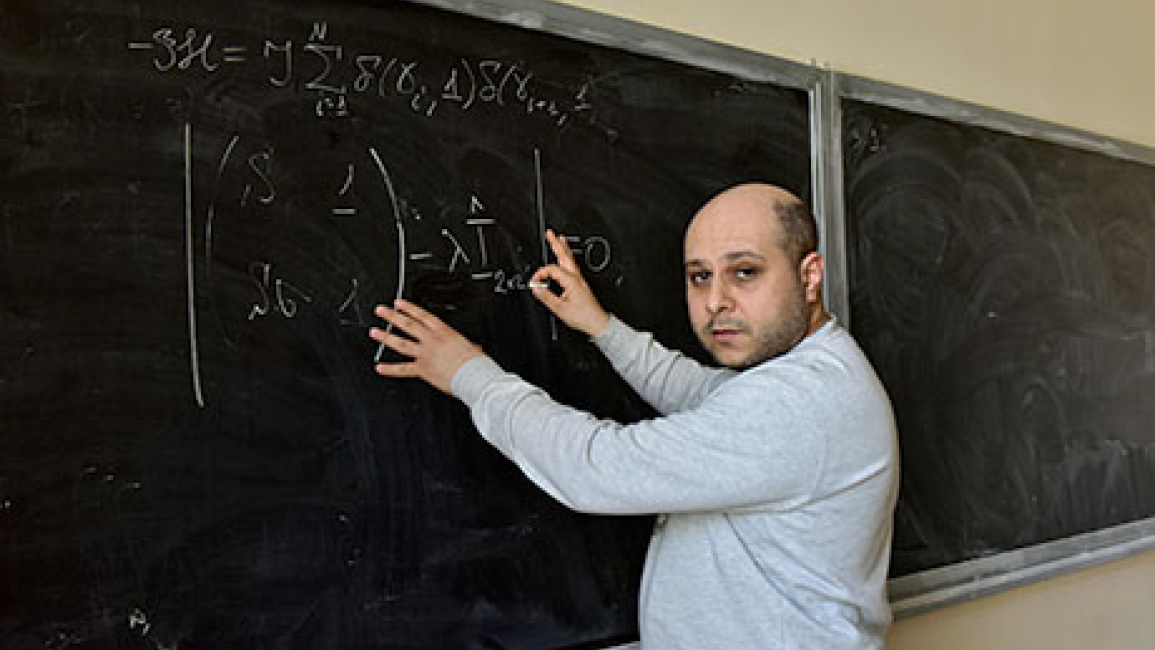- Main
- Node
- ASSISTANT PROFESSOR OF SCHOOL OF SCIENCE OF UNIVERSITY OF NOVA GORICA, SLOVENIA DR.ARTEM BADASYAN CONDUCTS A SEMINAR AT THE CHAIR OF THEORETICAL PHYSICS
March 06, 2019 | 16:33
Science
ASSISTANT PROFESSOR OF SCHOOL OF SCIENCE OF UNIVERSITY OF NOVA GORICA, SLOVENIA DR.ARTEM BADASYAN CONDUCTS A SEMINAR AT THE CHAIR OF THEORETICAL PHYSICS
One of already traditional seminars was held today at the Faculty of Physics of YSU.

The tradition of holding seminars each Wednesday was started by the founder of the Chair of Theoretical Physics, Academician Gurgen Sahakyan who brought it to Armenia from the Institute of Physics of Russian Academy of Science, where he worked with the scientific group of the Nobel Laureate Igor Tamm under the leadership of Dmitry Blokhintsev.
This time the seminar was conducted by the graduate of the Faculty of Physics, Assistant Professor of the School of Science of the University of Nova Gorica, Slovenia, Researcher of Materials Research Laboratory, Dr. Artem Badasyan.
During the report on the theoretical models of biophysics, in particular the modeling of interaction between water and biopolymers Dr. Badasyan noted that the experimental research into biopolymers have been on unprecedented level in recent decade and make it possible to observe even a single molecule.
According to the speaker, processing of experimental data essentially relies on theoretical approaches to conformational transitions in biopolymers. However, the models that are currently used, originate from the early 1960's and contain several unjustified assumptions, widely accepted at that time. To get rid of these deficiencies, in collaboration with professors of Faculty of Physics, Yerevan State University, V. Morozov and Y. Mamasakhlisov, we augment the Hamiltonian formulation of the Zimm-Bragg model with the term describing the water-polypeptide interactions. The analytical solution of the model results in a formula, ready to be fit to Circular Dichroism (CD) data for both heat and cold denaturation. On the example of several sets of experimental data we show, that our formula results in a significantly better fit, as compared to the existing approaches. Moreover, the application of our procedure allows to compare the strengths of inter- and intra-molecular H-bonds, an information, inaccessible before.

